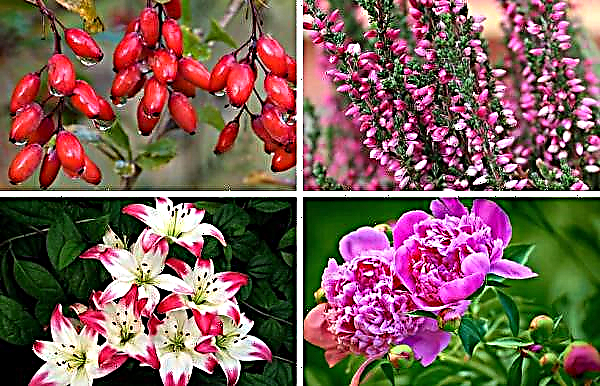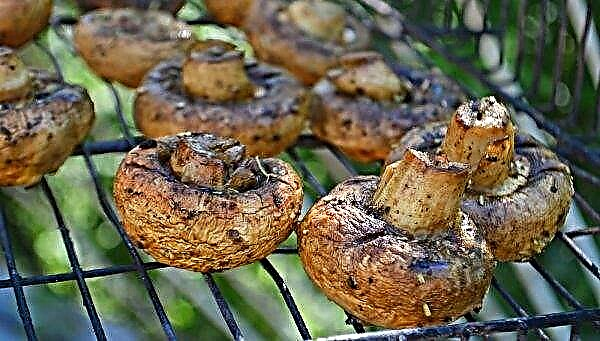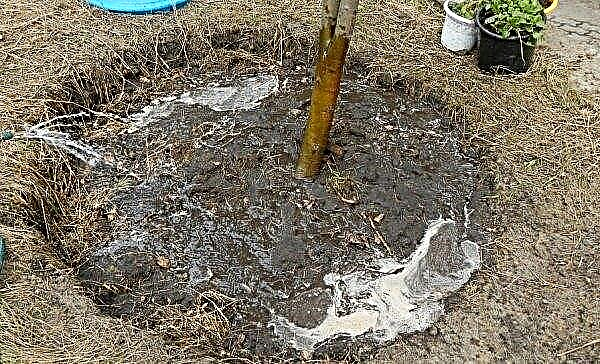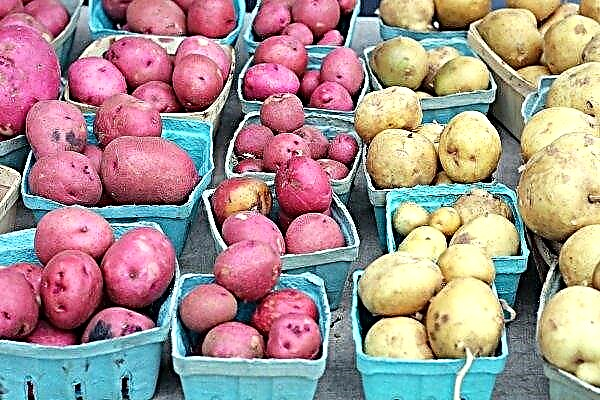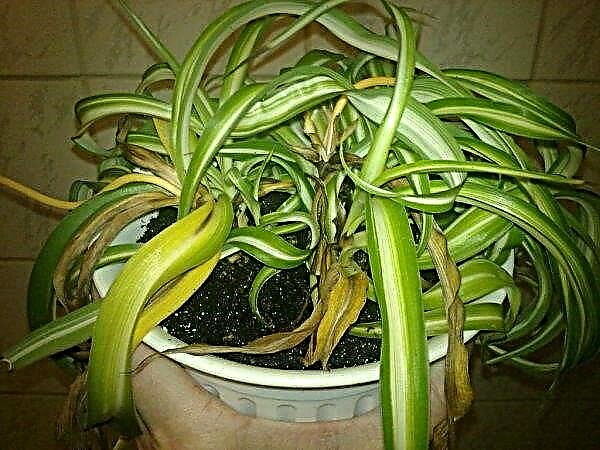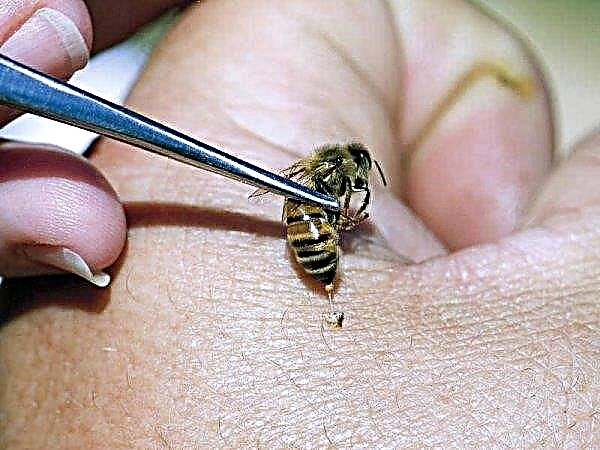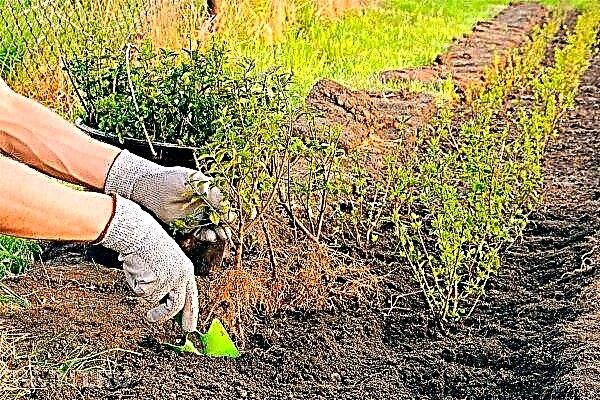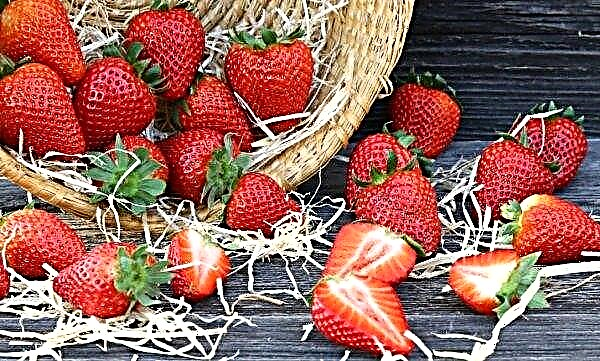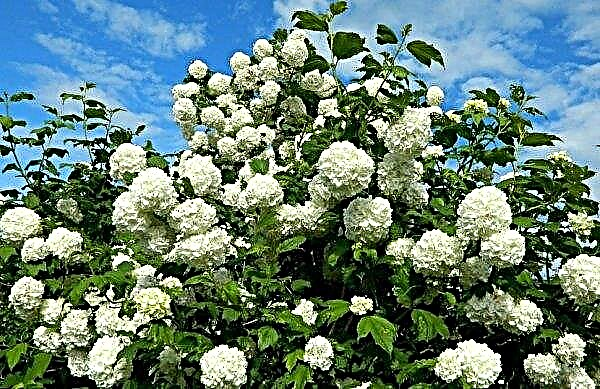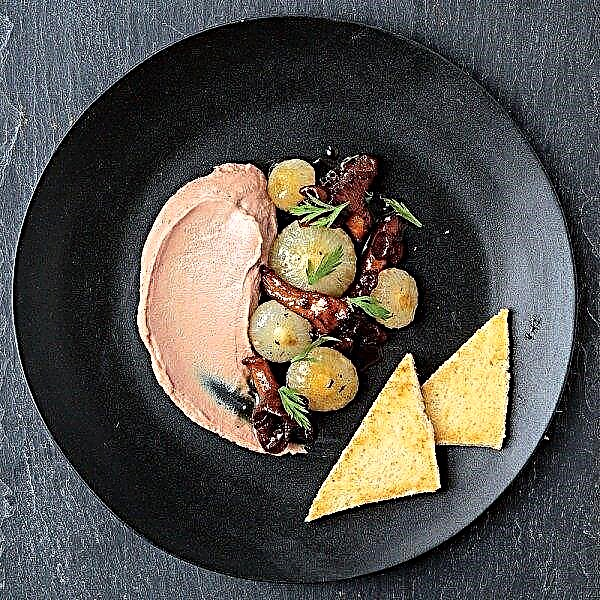In household plots of country houses and cottages, live fences become the most popular. They serve as a profitable alternative to artificial fences, with certain advantages. The most popular is the spruce fence due to the invariably attractive appearance, regardless of the time of year. In addition, this is a reliable protection of the yard from winds, snow and prying eyes. The durability of trees increases the demand for this type of fence.
Varieties of fir trees suitable for hedges
Spruce is an evergreen coniferous tree from the Pine family. Another representative of this family is pine, but do not confuse these two trees. Despite the fact that there is much in common between them, they can easily be distinguished by the length of the needles and the direction of growth of the branches. In fir trees, the branches are directed downward and completely cover the trunk of the tree.
Pine branches grow up. Spruce fence is denser than pine, so it protects against bad weather and uninvited guests more reliably. Out of almost fifty species of spruce, only some of them are planted as fences. There are tall, medium and dwarf varieties.
When choosing material for planting, the location, height and purpose of the future fence should be taken into account. Each type of spruce has certain features and disadvantages:
- Prickly (blue) different unusual color. Young growth has a conical crown, which in the process of aging of the tree acquires a cylindrical shape. Blue spruce weakly take root in Europe and Asia. They increase their survival with the help of special dressings prepared on the basis of cones.

- East It does not tolerate frosts; when planting, it likes shaded, moist places. The homeland of this species of spruce is the mountain Caucasus and Asia. In nature, a tree grows to 65 meters and lives four to five centuries, but grows very slowly.

- Sizaya (white) - originally from Canada. Unpretentious, she is not afraid of frost. The needles of this tree are one or two centimeters long, with four faces and a bluish tinge. In height, an adult tree can reach thirty-five meters. The crown shape is conical, which attracts the attention of landscape designers. Alberta Glob's dwarf blue-gray spruce variety takes on a spherical crown appearance. In addition, Canadian spruce is not afraid of exhaust gases from cars, so it is suitable for landing along highways.

- Siberian resistant to frost, but does not like sandy and swampy areas. This species is widespread from Northern Europe to Siberia.

- Purple grows in highland Chinese forests, has a dense, pyramidal crown. Photophilous, but well survives in shady places. Young cones have a red-violet (purple) color, hence the name of the tree.

- Common (European), the most common species in European countries, loves sandy loam and loamy soil, grows up to fifty meters. She is not afraid of frosts down to -45 ° С, but she is “afraid” of spring return frosts. This is a fast-growing species, since every year the tree grows, on average, by half a meter.

Did you know? Among the ancient tribes of Germany, spruce was considered a sacred tree. Gifts were brought to him, hanging them on branches. Since then, in many countries, there is a tradition of decorating the tree with toys.
How to plant
For the construction of hedges, first of all, you should choose planting material. There are three ways to plant conifers: seeds, cuttings, and seedlings. It is very difficult to grow a tree with seeds, only a specialist can cope with this task.
Even if the seed sprouts, when planting in the ground a young shoot may die. The spruce hedge will take root and will stand for many years, if you first prepare the soil, choose the right seedlings, develop a planting scheme.
Video: Propagation of spruce by cuttings
Selection of seedlings
It is best to buy seedlings of four years of age, with a height of one and a half to two meters. The younger the Christmas tree, the faster and easier it will take root. Seedlings are most often grown and sold in containers. To make sure that they were really grown in the container, and not transplanted into it, you must ask the seller to slightly raise the young plant from the container.
Important! The best option for the green hedge is ordinary spruce. It is unpretentious to the choice of soil, is not afraid of severe frosts and grows faster. Do not dig seedlings in the forest yourself, this is considered sabotage and threatens with fines.
Confirmation will be the root system that is integral with the earth. If there is no earthen coma on the roots, then they should be pinkish-white in color. In addition, you should pay attention to the roots. Slices on them indicate that the age of the conifer is more than four years.

Landing pattern
Knowing the layout of the fence, it is easy to calculate the number of young for planting. To make the fence look beautiful, and not look like a randomly growing forest, a certain distance is left between the trees. Planting seedlings is done in one row, or in two rows, placing them in a checkerboard pattern.
Trees for a two-meter fence in one row are planted at a distance from sixty to seventy centimeters from each other. When staggered, the distance between the rows should be two to three meters.
Did you know? A clone tree can grow from the root of a dead spruce. In Sweden, thus, a Christmas tree grows whose age is 9550 years. It is considered the oldest coniferous plant in the world and has received the name "Old Tikko".
For a high hedge, plants are planted at a distance of at least two to three meters in a single-row pattern, and when planted in a checkerboard pattern, they are left three to four meters between rows. The planting scheme makes it possible to correctly plan the location of the hedge, rationally using the area of the site.
Soil preparation
Saplings should not be planted in unprepared soil. In order for the trees to take root, the land for them must be prepared by feeding with mineral fertilizers with a minimum amount of nitrogen. To spruce remained evergreen, they can not be fed with manure. For good tree growth, use compost or vermicompost.
At the bottom of the trench, it is necessary to add a drainage layer twenty centimeters thick. Clay is added to loose soil for compaction, and sand is added to heavy soil to improve moisture and air permeability.

Phased landing
Spruce is usually planted in autumn, in moist and well-prepared soil. Landing takes place in several stages.
- The hedge is marked with a rope stretched according to the landing pattern in one or two rows. This makes it possible to plant seedlings in even rows.
- According to the marking, they dig a trench, its width also depends on the scheme of planting fir trees. In the case of single row landing, the width is 40–50 cm, double row - 70–90 cm. The depth of the trench should be 0.5-0.6 m.
- Then, holes are excavated in the soil for each seedling. The diameter of the pits should be slightly larger than the diameter of the root system. As a rule, on one running meter of a single-row hedge, no more than five landing holes are placed. When planting fir trees in two rows, the holes are dug in a checkerboard pattern. Before planting, the seedlings are soaked in a clay solution to protect the root system from external irritants.

Care
It is necessary to take care of the coniferous fence regularly, so that after planting on your site it does not die. The spruce fence will grow well and remain evergreen if it is watered and fed in a timely manner. To give the hedge a beautiful appearance, it must be periodically trimmed and shaped to form a crown.
Important! The most suitable time for planting seedlings — the end of April and August, when the root system is growing rapidly, so the tree will take root faster.
Watering and feeding
Sprout fir young trees once a week, pouring a bucket of water under each tree. If the hedge occupies a sufficiently large area, watering is done drip using a hose with small holes through which little water flows out.

After watering, the soil is loosened to better retain moisture and provide airflow to the roots. Weak young landings need top dressing. The first three years in the warm period, you need to feed them four times with mineral fertilizers.
Did you know? The needles of firs contain a lot of vitamin C. Once upon a time, coniferous wine helped the team of the famous navigator Cook to overcome scurvy. — a disease caused by a lack of ascorbic acid in the human body.
Shaping and trimming
In order for the living fence made of fir trees to have an unusual appearance, look beautiful and be dense, it is necessary to trim and form a crown. Spring is the best period for this procedure. At this time, the branches grow quickly, and fresh greens close the places of cuts. If pruning did not work in the spring, you can transfer the manipulation to autumn, but you need to be in time before the end of the fall. In addition, dry branches must be removed throughout the summer season.
 a - the first year; b- second year; in the third yearAfter planting, the seedlings do not touch the year so that they can take root well, if necessary, cut off only dry or diseased branches. The tops of young trees are not cut until the hedge reaches the desired height. Then they are plucked off completely and the spruces begin to actively grow in width. Side branches make 30–50% shorter.
a - the first year; b- second year; in the third yearAfter planting, the seedlings do not touch the year so that they can take root well, if necessary, cut off only dry or diseased branches. The tops of young trees are not cut until the hedge reaches the desired height. Then they are plucked off completely and the spruces begin to actively grow in width. Side branches make 30–50% shorter.
About fifteen years later, spruce growth begins, and pruning must be done twice a year. When the tree reaches the desired dimensions in width, the central buds and side shoots are plucked, but this must be done carefully so as not to cut too much.Important! The area where young seedlings grow must be regularly cleaned of weeds. Mowing trees should be done with special garden shears with an elongated blade.
It is necessary to trim the spruce in the form of a trapezoid so that the branches of the lower and upper tiers receive sunlight equally. Then the needles will remain at the upper and lower levels, closing the tree trunks. With a rectangular shape, due to a lack of light, the needles on the lower branches will crumble, because of which the hedge will lose its attractive appearance and functionality.
Video: Formation of hedge from a spruce
Benefits of Fir Fence
Spruce hedge is a winning option not only for artificial fences, but also in comparison with live "fences" from other plants. It will not only suit any style of landscape design, but also reliably protect the yard from adverse weather conditions.
Due to the slow growth of spruce, hedges can not be trimmed for several years. Almost all varieties of spruce are not afraid of frost, they do not completely drop needles, but renew them gradually, so that the hedge remains equally beautiful at any time of the year.

Despite the rather high price of spruce seedlings, the hedge of them is increasingly in demand. This is due to the fact that the spruce is not only a very beautiful, evergreen plant, but also durable. Therefore, the fence of these trees fully justifies the cost.








